I agree that if your interaction with the buildings of Boston comes from looking at photos, more interesting photos will be better. But the vast majority of people on this forum derive concrete (hah) benefits from the substantial expansion of the urban fabric post 2012. Boston is unique and interesting for a host of reasons, but the primary one is the people in the city. Because of that it's not prima-facie obvious that a particularly notable historic building is worth millions of sf of space devoted to people living, working, etc. It's obviously fine to disagree and say that the architecural hertiage is more important, but the pro-keep posters are throwing around a degree of moral authority that isn't warranted.
I don't think that's true. What I am hearing is mostly a lot of people who just don't like this building, but who are mixing arguments and saying that it's the bad effect on urban planning/experience that's the real reason this needs to go.
If you hate the building, fine. That in and of itself is not sufficient reason to demolish anything. It's a matter of pure aesthetic opinion. So, onto the next point: it's bad urban planning and ruins the area. OK, well, as I already said a hundred times, there are many ways to address the negative urban experience left over from the 1960s, and most of them don't include tearing anything down. Activate the sidewalks with landscaping, slim down the urban highways, and actually give this building some TLC and that will do wonders to the area. It may not change most people's minds about the aesthetics, but keep the arguments separate, please, because you're mixing up two different points. If what you want is better circulation and better pedestrian experience, there is a helluva lot to do here first. And, as Bradplaid put it, the state has willfully disinvested in this building for years. That's something that ruins any area.
Back to your point, FitchburgLine: I don't see any moral highground, really, being taken by anyone. I do think there's a long-simmering irritation between people on the forum who want to jack off over skylines and those who consider themselves architecture afficionados. Most of the posts on here fall into neither category (other than the usual anti-intellectual tripe by he-who-shall-not-be-named). That's all well and good. But there is something to be said for taking pause and considering what this building is and what it could be, because even if you hate it, this is not some superficial throwaway. I will argue that anyone who thinks
that is objectively incorrect. There are pieces of shit all over, but while you may find this to be an aesthetic piece of shit, it's not devoid of thoughtfulness and intellectual rigor. Pretty much everything else around here, actually, totally devoid of anything intellectually, or aesthetically stimulating.
And that's another frustration I have with what people are saying on here. I have worked in this area since 2013 and I walk all over it every day. I also, for the record, have worked in this building on and off over the last few years, and I walk by, through, and around it constantly. I look out my office window two days a week at it. Yes, it's not perfect but it's not the murderously horrid
thing people here are calling it, and I am pretty damned sure most of the posters have rarely interacted with it, let alone worked inside it, to the extent I have (except, I think, maybe Lrfox, if I remember correctly). And I do think it's important to state that relationship since mine, with this building, is not just some architectural fetish based on photos and drive-by's. I live and breathe the West End and the near part of Govt Center and I feel like I suffer the death of a thousand knives not from this building, but from the worthless drivel that is pretty much everything else around here... the West End boxes, the PoMo nonsense by Bowdoin, whatever-it-is that you would call the Kraft Center, the pedestrian-killing wall of the Brooke Courthouse along the Chardon facade... and the lack of cut-throughs and connections to other streets, and the horrible experience of the roads themselves, all being many lanes too wide. And to here people arguing that replacing this one building, with what I absolutely know is going to be another thoughtless, architectural turd, is actually going to make that much difference — or that there are not actual alternatives to that one single plan that could make an equivalent, if not superior, difference — I do find that to be narrowminded.




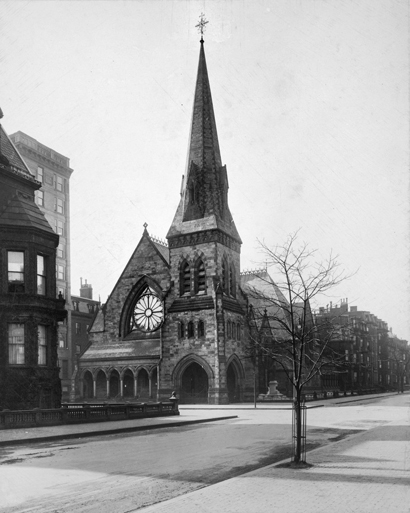
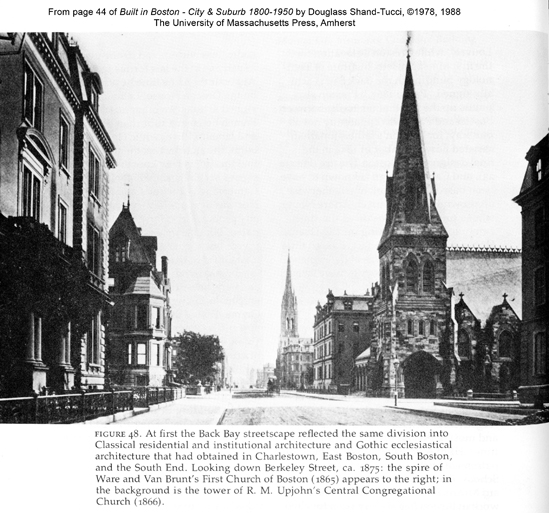
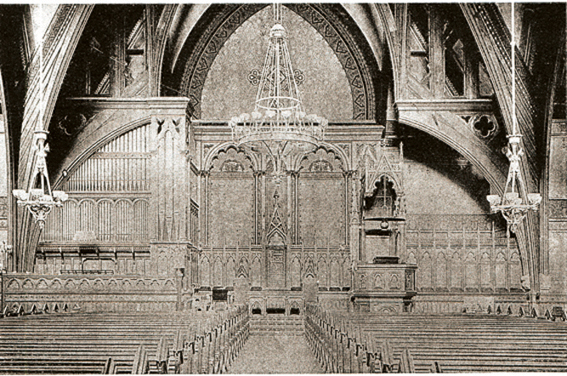


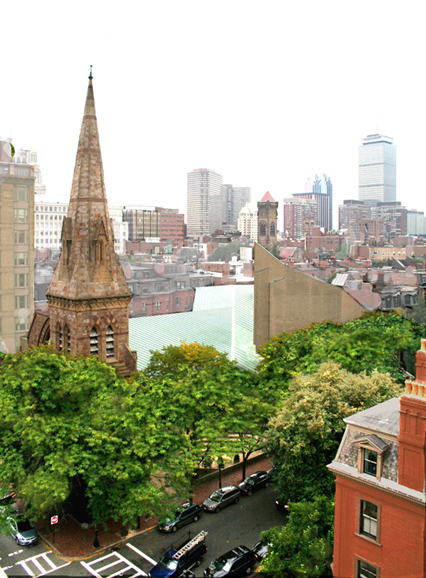
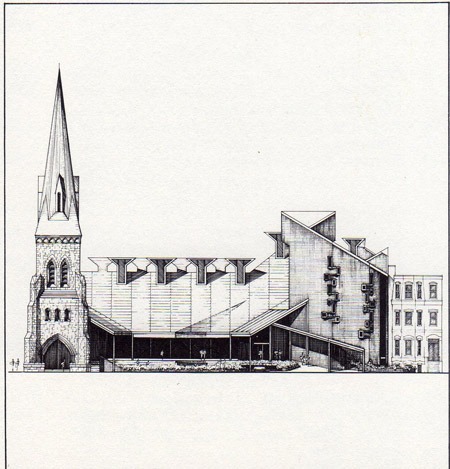
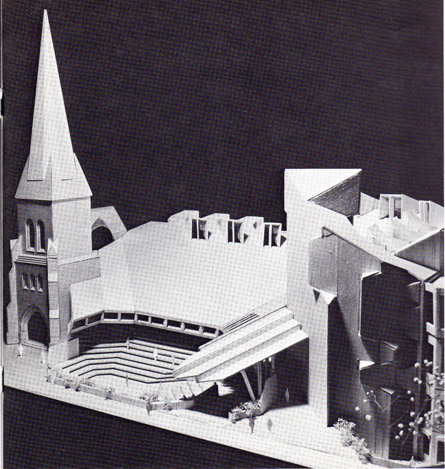
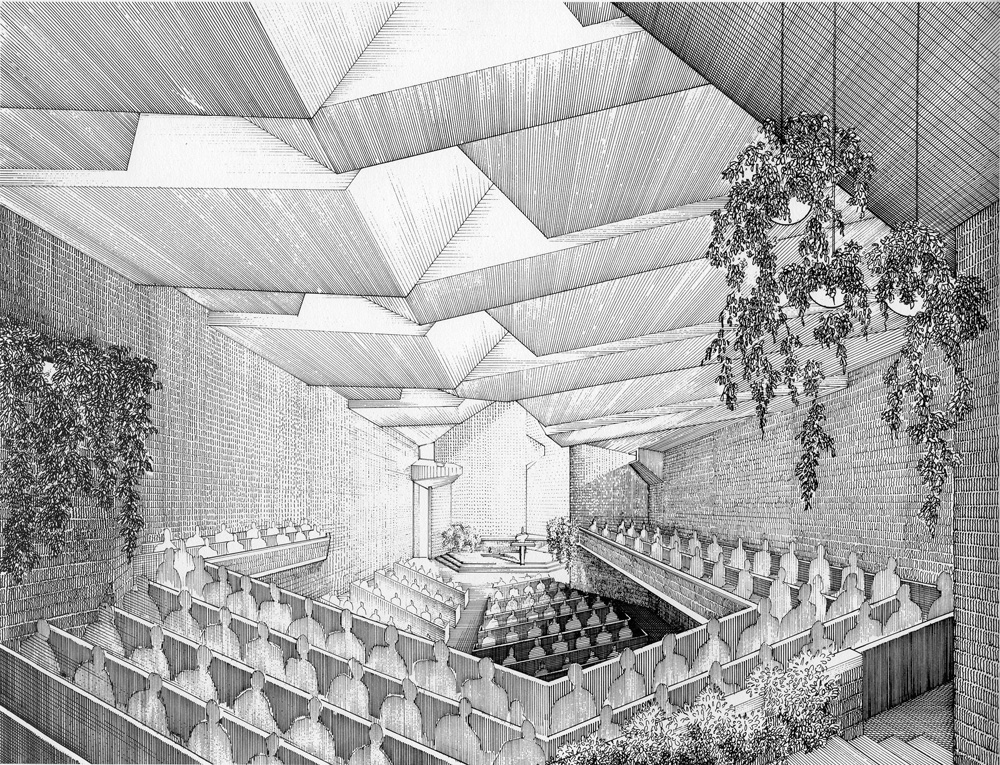
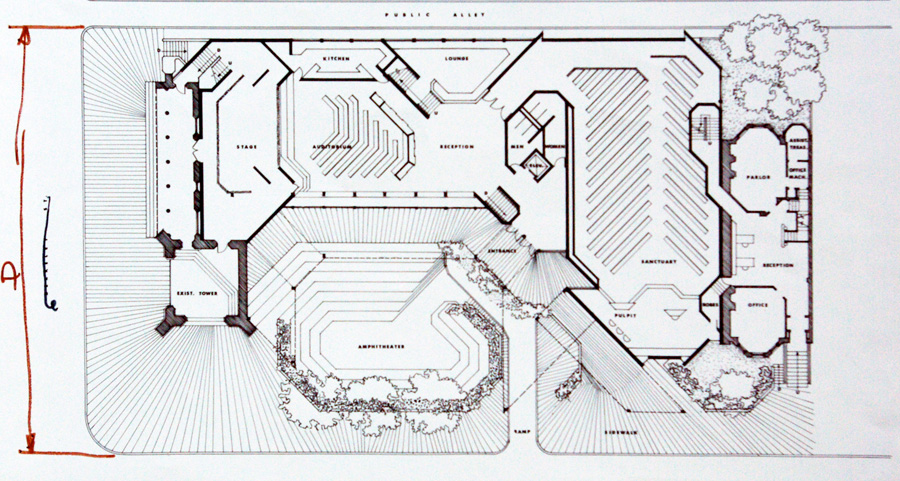
.jpg)